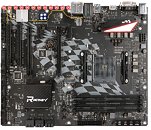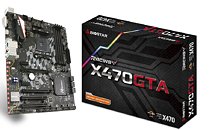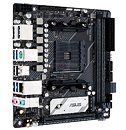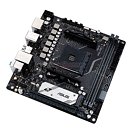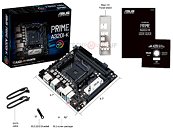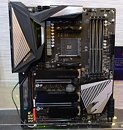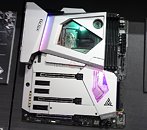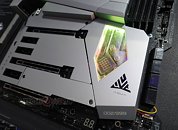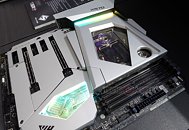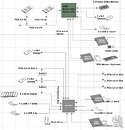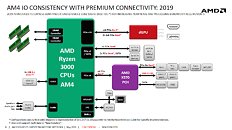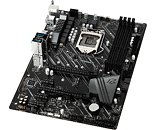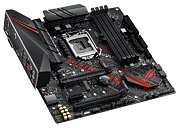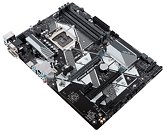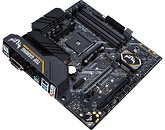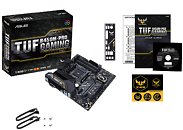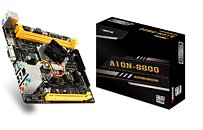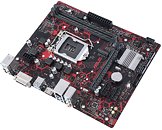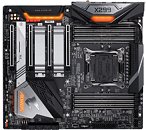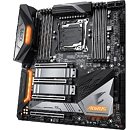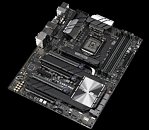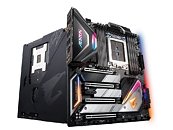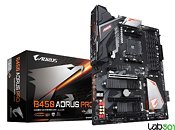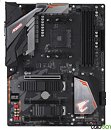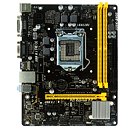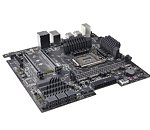
BIOSTAR Unveils Racing X470GTA Motherboard: Ryzen 3000 Support and Legacy PCI
Motherboard manufacturers seem to be rushing the fill the void of cost-effective motherboards with out of the box Ryzen 3000 support, as AMD X570 motherboards start at $170. The latest entrant is the Racing X470GTA by BIOSTAR, priced around the $120-mark, and packing an interesting mix of modern- and legacy connectivity. Built in the ATX form-factor, the board draws power from 24-pin ATX and 8-pin EPS power connectors, conditioning it for the SoC with a simple 4+3 phase VRM. Out of the box, the board supports all Ryzen 3000-series processors launched so far, in addition to 1st and 2nd generation Ryzen, A-series, and Athlon "Bristol Ridge," which make up pretty much every socket AM4 chip launched so far.
The AM4 socket is wired to four DDR4 DIMM slots, a PCI-Express 3.0 x16 slot, and the board's lone M.2 slot. Two PCIe gen 2.0 x1, and a PCI-Express x16 slot with gen 2.0 x4 wiring, make for the rest of the expansion area; while six SATA 6 Gbps ports make the remaining storage options. This is probably the only AMD X470 motherboard to feature legacy PCI slots, using an ASMedia bridge chip. USB connectivity includes two 10 Gbps USB 3.1 gen 2 ports (from which one is type-C), and eight 5 Gb/s USB 3.1 gen 1 ports (from which four are by headers) The lone network interface is a 1 GbE driven by a Realtek 8118AS "DragonLAN" chip. The onboard audio solution is powered by an entry-level Realtek ALC892. Other legacy connectivity includes a PS/2 combo port and a serial COM header. Despite these, there are some wacky enthusiast-friendly features, including onboard buttons for automated overclocking, power/reset; dual-BIOS with a manual 2-way switch, and diagnostic LEDs.
The AM4 socket is wired to four DDR4 DIMM slots, a PCI-Express 3.0 x16 slot, and the board's lone M.2 slot. Two PCIe gen 2.0 x1, and a PCI-Express x16 slot with gen 2.0 x4 wiring, make for the rest of the expansion area; while six SATA 6 Gbps ports make the remaining storage options. This is probably the only AMD X470 motherboard to feature legacy PCI slots, using an ASMedia bridge chip. USB connectivity includes two 10 Gbps USB 3.1 gen 2 ports (from which one is type-C), and eight 5 Gb/s USB 3.1 gen 1 ports (from which four are by headers) The lone network interface is a 1 GbE driven by a Realtek 8118AS "DragonLAN" chip. The onboard audio solution is powered by an entry-level Realtek ALC892. Other legacy connectivity includes a PS/2 combo port and a serial COM header. Despite these, there are some wacky enthusiast-friendly features, including onboard buttons for automated overclocking, power/reset; dual-BIOS with a manual 2-way switch, and diagnostic LEDs.

